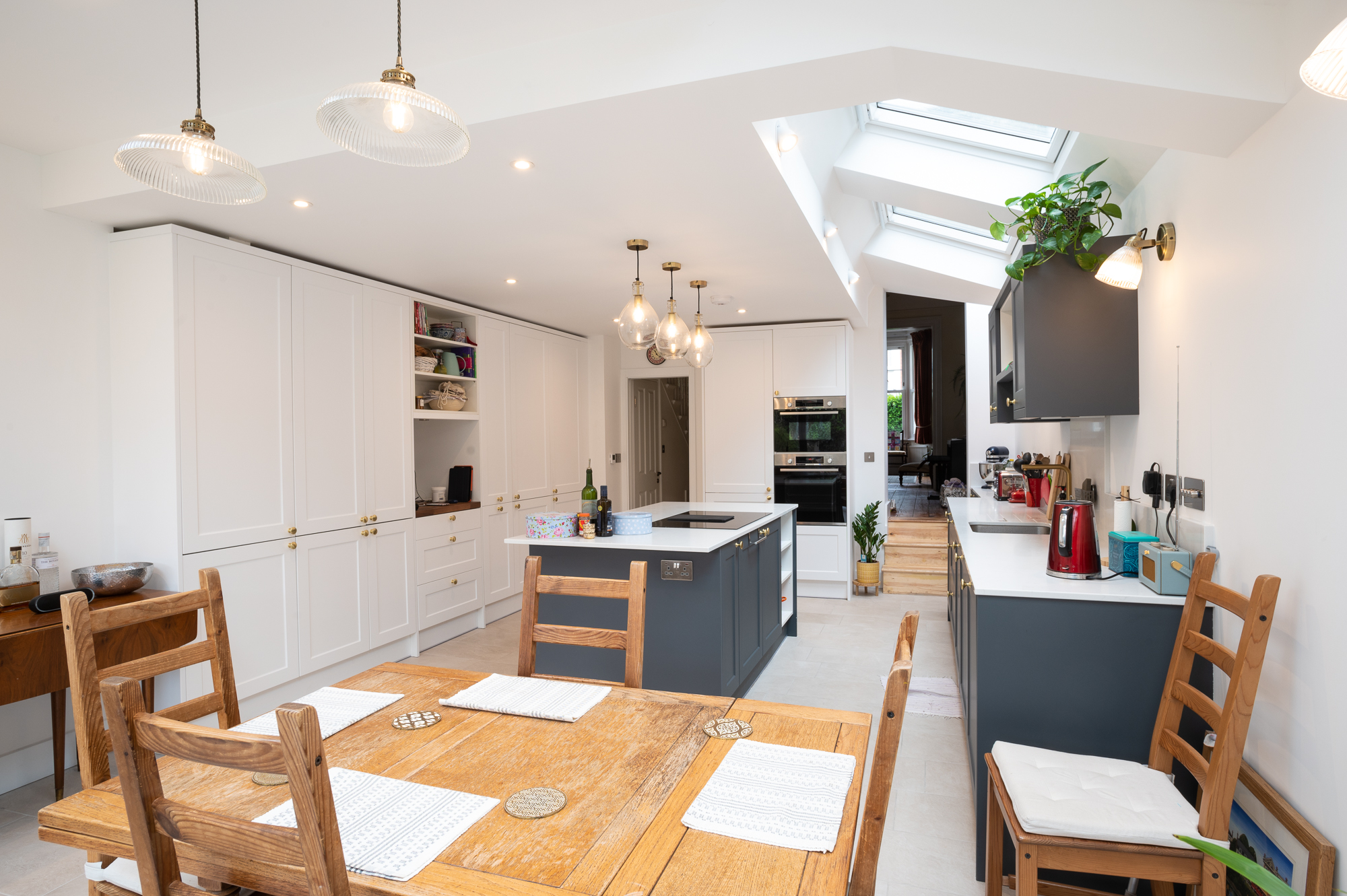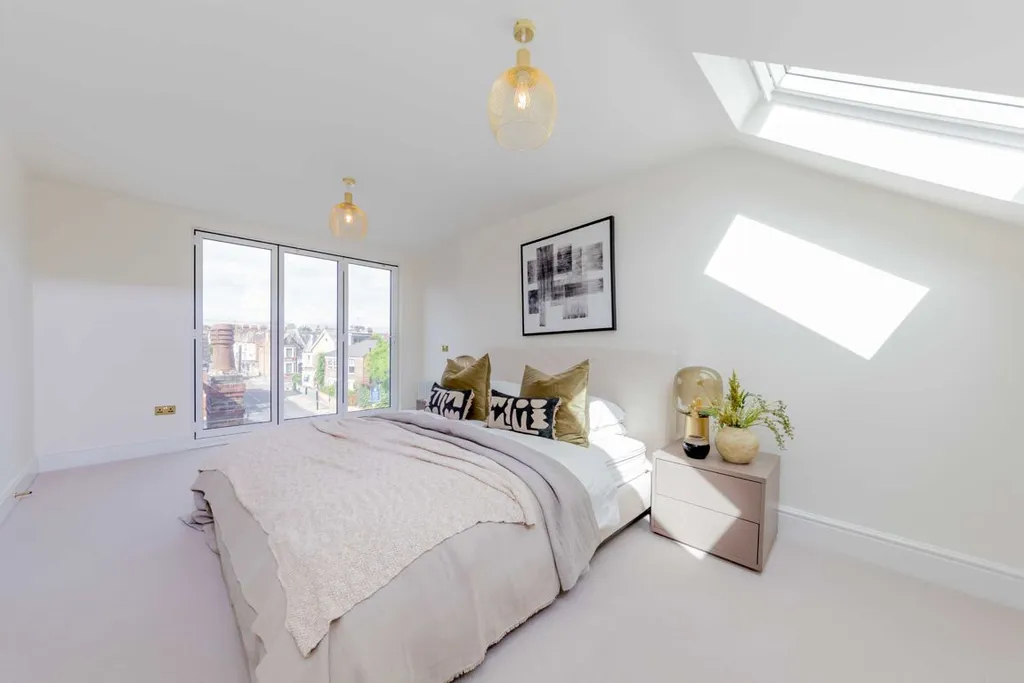If you’re thinking of changing the windows at your home or considering a full refurbishment, you need to know about the different types of windows that highlight the best aspects of your home.
1) Casement windows

In the Uk, the casement window is hands down the oldest and most versatile style of frame. Casement windows can be built in a number of ways to fit the design and aesthetic of most properties. These windows can have multiple panels- single, double, triple, or even more, depending on the size of the space your home might have for a window.
The openers can be added wherever you want, either on one side, both sides, top or even full frame to offer different levels of ventilation. These windows are very energy efficient as the they have double glazing for a higher insulation
2) Tilt and turn window

Tilt and turn windows are one of the most popular styles of windows and are also considered the most energy efficient because they have a thick window frame and have an incredibly tight seal when closed. The versatility of the tilt and turn is its biggest benefit. They can be opened in many directions and can be simply left open on a tilt for ventilation.
The difference between a casement window and a tilt and turn window is that the casement windows are opened outwards and tilt and turn windows are opened inwards making them perfect for upper floor spaces. They can be opened fully allowing you to clean them safely from inside the property.
These types of windows have a very modern touch to the design and are best suited for house builds from the 1960s or even newly refurbished spaces with modern architecture.
If you have a period home, you might have to take the aesthetic of your property into consideration before deciding to get the tilt and turn windows.
3) Picture window
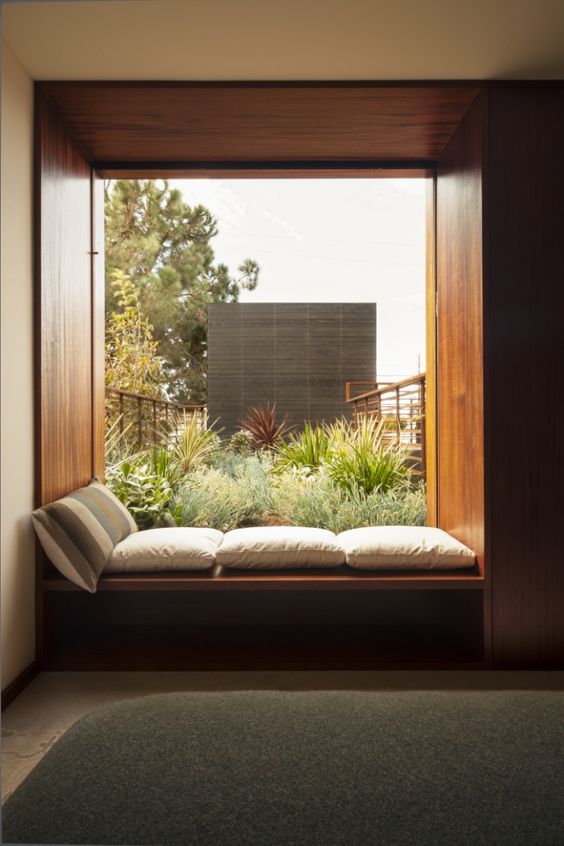
Picture windows are properly named, because they are wide, fixed panes with low profile frames to maximise your view. As they’re fixed panes, they are stationary, and cannot be opened or moved and are only meant to frame the majestic view of the outdoors. It is definitely quite low maintenance. Although, the only issue most people may face if there is no ventilation.
While picture windows can sometimes be used on their own, they are typically used in conjunction with other windows to create an attractive arrangement.
Having a big awning window in your room or in any other place from where you have a beautiful view can be the best place for a picture window. You can create a cosy reading space near the window and enjoy the view with some books and a hot cup of tea.
4) Sash Windows

Sash windows are usually considered the most common and aesthetically pleasing in London homes. This type of window is mostly seen in Victorian homes. Many buildings are required to have Slash windows and in case of refurbishment they are supposed to be replaced on a like-for-like basis.
The standard sash windows have two sliding panels that work up and down overlapping each other. Flats on upper floors are advised to have restrictions fitted as a safety measure.
Double sash windows also known as double hung windows have a very clever design which was created long before we had air conditioners and extractor fans. It can be opened from the top and the bottom for a fresh and much needed air flow.
Sash windows require a significant amount of maintenance, mainly in old houses as they get stiff over time and it is extremely difficult to slide them open. Over time these types of windows are loosened in the hinges and start rattling and hence letting the cool air come in.
However well fitted contemporary sliding sash windows look stunning in period properties. They even look gorgeous in modern homes as the style is very versatile and can never let you down.
5) Sliding windows
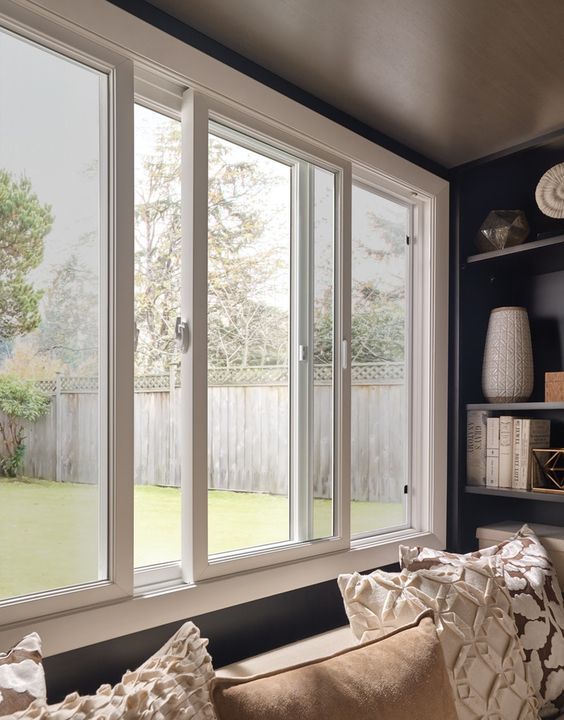
Sliding sash windows are quite similar to the traditional sash windows and the only difference is that they slide horizontally instead of vertically. Sliding windows are usually designed with slimmer aluminium allowing the glass to cover more area to have a bigger and brighter window design.
These windows work absolutely perfect in the kitchen behind the sink making opening and closing the window much easier by simply sliding it and would be extremely handy if you have a garden or patio behind your kitchen to serve snacks and drinks through the window. Sliding windows offer a very contemporary and sleek look to a home.
6) Bay window

A bay window is projected from outside the wall line and extends to the floor. A lot of Victorian and Edwardian houses have a bay window in the living room which acts as a beautiful focal point for the space. A bay window also adds a very royal touch to the front of the house with a voluminous design, adding a stunning character to the building layout. If you have a beautiful view, don’t forget about the bay window as you can enjoy the extra panoramic views from the projecting window.
The bay windows were initially designed as an ornamental feature, but they are also extremely practical, as they are very good for additional ventilation in your room by adding open windows on the sides.
If you are a person who loves to have a lot of natural light, these windows are for you. They will add a touch of extra light and life to your space and are perfect for living rooms where you can create a perfect reading space to benefit from the light behind.
As these windows have a projection from the wall, they are considered as an extension. A replacement bay window or if the window is built at the back of the property is allowed under permitted development. You will need planning permission if you want to add a new window at the front of a property.
7) Bow window

A bow window is very similar to a bay window and are often confused with each other. The major difference between them is that a bay window is projected outwards from the wall line and extends to the floor level. However, a bow window projects outside from the wall line only till the window length, making the window “float”. The bow windows do not extend till the ground level.
Bow windows can be used to create a beautiful green space in your room by placing lots of plants in front of it as these windows are also called garden windows.
They have a unique design and can be created with many different windows. Similar to bay windows, you can take advantage of the increased view of the garden or the street.
Unlike bay windows, bow windows do not require any planning permission or building work to the base of the property.
8) Skylight

There are two types of skylights you can have in your home:
A dormer window is a box-like window coming outwards from this main roof. This will add more space to your loft where you can design an additional room. This will also allow more headroom for you to stand in the window and enjoy the view and the weather. Any type of small window can be fitted in the dormer window space.
The second type of roof light is a skylight which is fitted into the existing angled roof and it does not protrude from the roof angle. These types of windows are very popular in kitten extensions, dining rooms as they can add a flush of light from the ceiling to the space.
Multiple skylights next to each other in any extension can maximise and add life to your home in the best way possible. They look fantastic in contemporary builds because dormer windows are much more traditional in comparison.
9) Transom windows
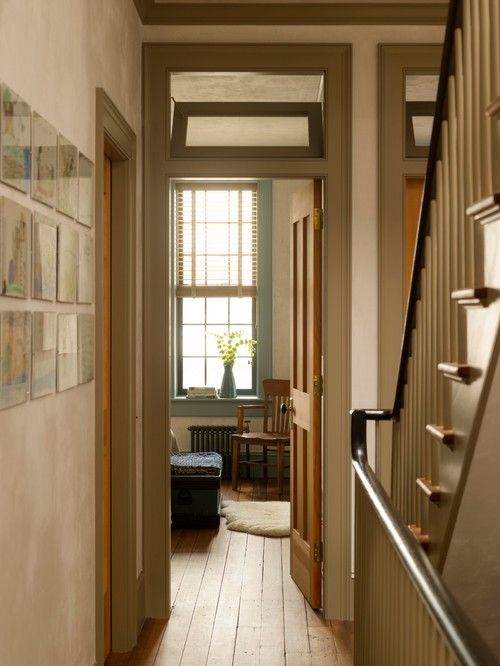
The beam across the top of a door that separates the glass above is called a transom window or a fanlight.
Transom windows traditionally are used as a method of air-conditioning which are normally found on the inner doors of a house. They are used to transfer the heat from the fireplace to the room above . However, in summer they can be opened to circulate fresh air and keep the house cool. These types of windows are usually decorative with coloured glasses.
Which type will suit my home the most?
The most important to things to consider about while deciding the type of window you want for your home is-
- The design of you house
- The material best suited for your house: timber windows or aluminium windows
- The purpose of the window
If you are replacing the window, think about the current design of the house and simply go with something that maintains the aesthetics. However, while refurbishing your home you can have the full freedom to choose how you want your home to look and we are here to help! Book a free consultation with us and we can turn your dream into a reality.



